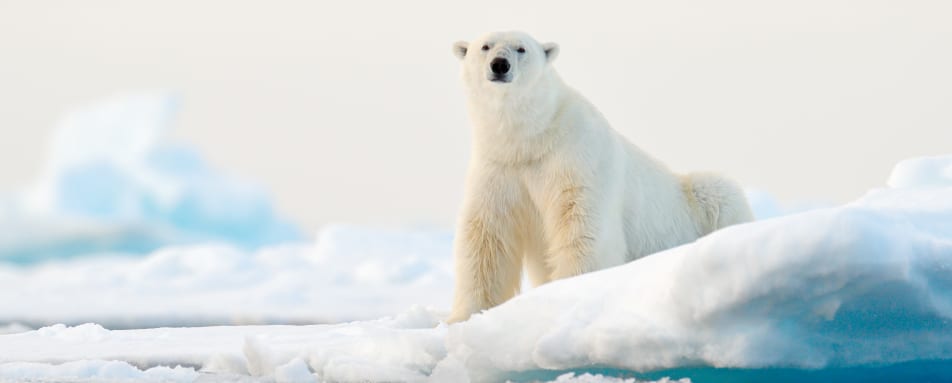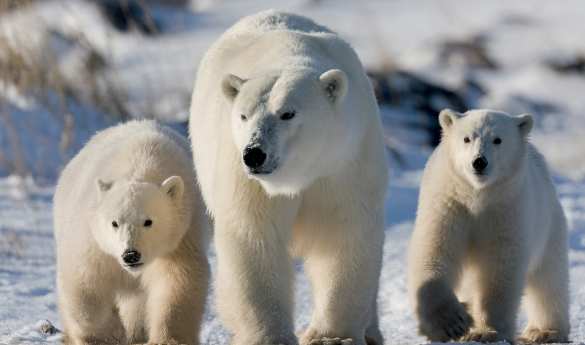Luxury Arctic Tours
Delve into an intriguing landscape where polar bears roam vast expanses of ice, where whales swim up from the depths of the ocean and the Aurora Borealis dances in the sky. The Arctic is considered one of the Earth’s last great frontiers and exploring it should be at the top of any intrepid explorer’s bucket list. Our travel experts have put together a few itineraries to give you a taste of this magnificent destination.

Filter:
Filter

Plan your Arctic trip today
Plan your trip
Our team of travel specialists are waiting to help you book your next adventure.





